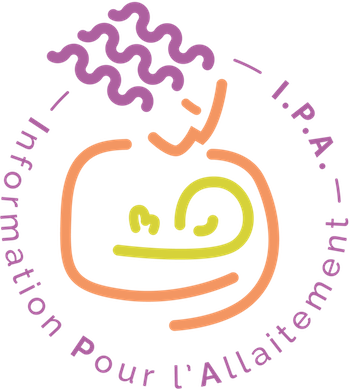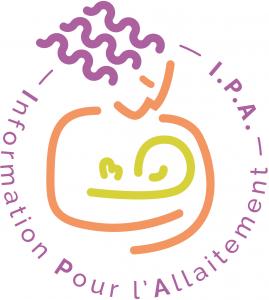Catégories
Documents disponibles dans cette catégorie (30)
 Ajouter le résultat dans votre panier Faire une suggestion Affiner la recherche
Ajouter le résultat dans votre panier Faire une suggestion Affiner la rechercheBulletin : texte imprimé
Breastfeeding Medicine, Vol. 13, n°2 - Mars 2018
2018Editorial - Exclusive Breastfeeding and Complementary Feedings Are Not Mutually Exclusive LactMed® Update - Treating Hypertension During Breastfeeding Clinical Research - Implementation and Organization of a Perioperative Lactation Prog[...]Bulletin : texte imprimé
Breastfeeding Review, Vol. 26, n°3 - Novembre 2018
2018Article : document cartographique imprimé
Pamela Berens, Auteur ; Wendy Brodribb, Auteur ; Academy of Breastfeeding Medicine, Auteur |Currently, there is inadequate research into both the physiologic process of engorgement and effective prevention and treatment strategies. • A uniform measurement system for the severity of the engorgement should be developed to allow [...]Article : texte imprimé
Amy Brown, Auteur ; Sue Jordan, Auteur |Background: Evidence is growing that active management of the third stage of labor using prophylactic uterotonics may be associated with lower breastfeeding rates. The reasons underlying this relationship are incompletely understood. The aim of [...]Article : texte imprimé
Sandraluz Lara-Cinisomo, Auteur ; Kathryn McKenney, Auteur ; Arianna Di Florio, Auteur |Background: Postpartum depression (PPD), often comorbid with anxiety, is the leading medical complication among new mothers. Latinas have elevated risk of PPD, which has been associated with early breastfeeding cessation. Lower plasma oxytocin ([...]Article : texte imprimé
T. Kobayashi, Auteur ; K. Uvnas-Moberg, Auteur ; K. Kendall-Tacket, Auteur ; M. Jaseem Hassan, Auteur |Article : texte imprimé
C Kimura, Auteur ; M Matsuoka, Auteur |Breast skin temperature was measured during breastfeeding in 11 mothers on a total of 47 occasions, using a Coretemp CM-210 (Terumo Corp, Tokyo, Japan), to examine the changes of breast skin temperature during the course of breastfeeding. In bot[...]Article : texte imprimé
Discussion of medication use during breastfeeding usually centers around potential harm to the nursing infant. However, another important consideration is that of drugs that interfere with lactation. These can be divided into two subcategories: [...]Article : texte imprimé
T Kimura, Auteur ; Y Ito, Auteur ; A Einspanier, Auteur |The milk ejection reflex is mediated by the release of pituitary oxytocin and its interaction with specific receptors within the mammary gland. Although up-regulation of the oxytocin receptor during lactation has been shown for the rat mammary g[...]texte imprimé
Muriel Ighmouracène, Auteur | 2014"Vais-je allaiter mon enfant ? Dès la grossesse, cette question se pose à toutes les mamans. Si 50% d'entre elles allaitent, cette pratique suscite encore aujourd'hui de nombreux questionnements et apriori. Organisé chronologiquement, depuis le[...]texte imprimé
mpact of Birthing Practices on Breastfeeding, Second Edition examines the research and evidence connecting birth practices to breastfeeding outcomes. It takes an in-depth look at the post-birth experiences of the mother and baby, using the baby[...]











